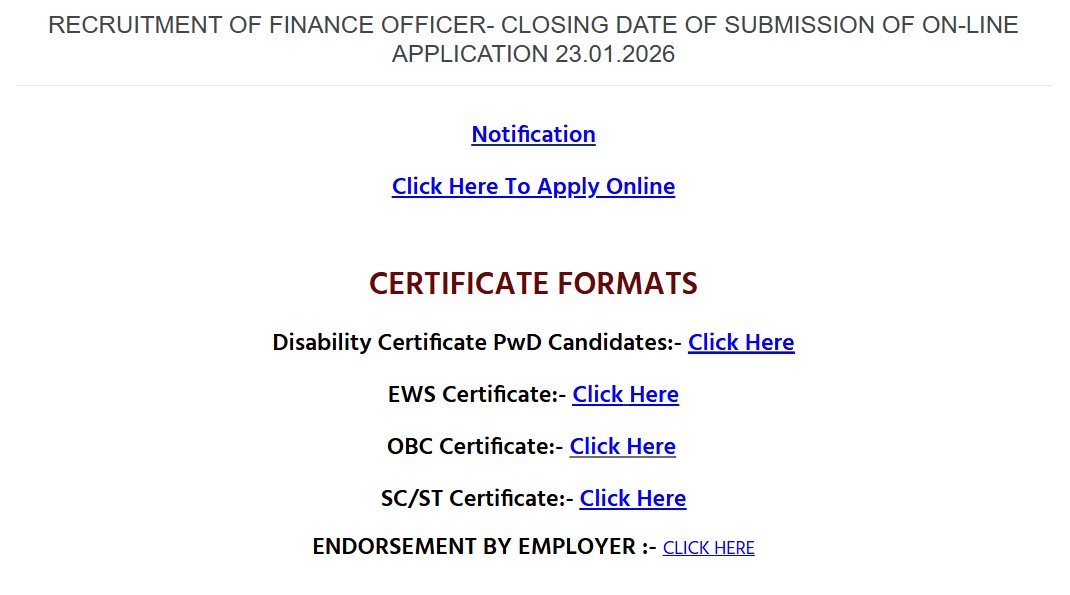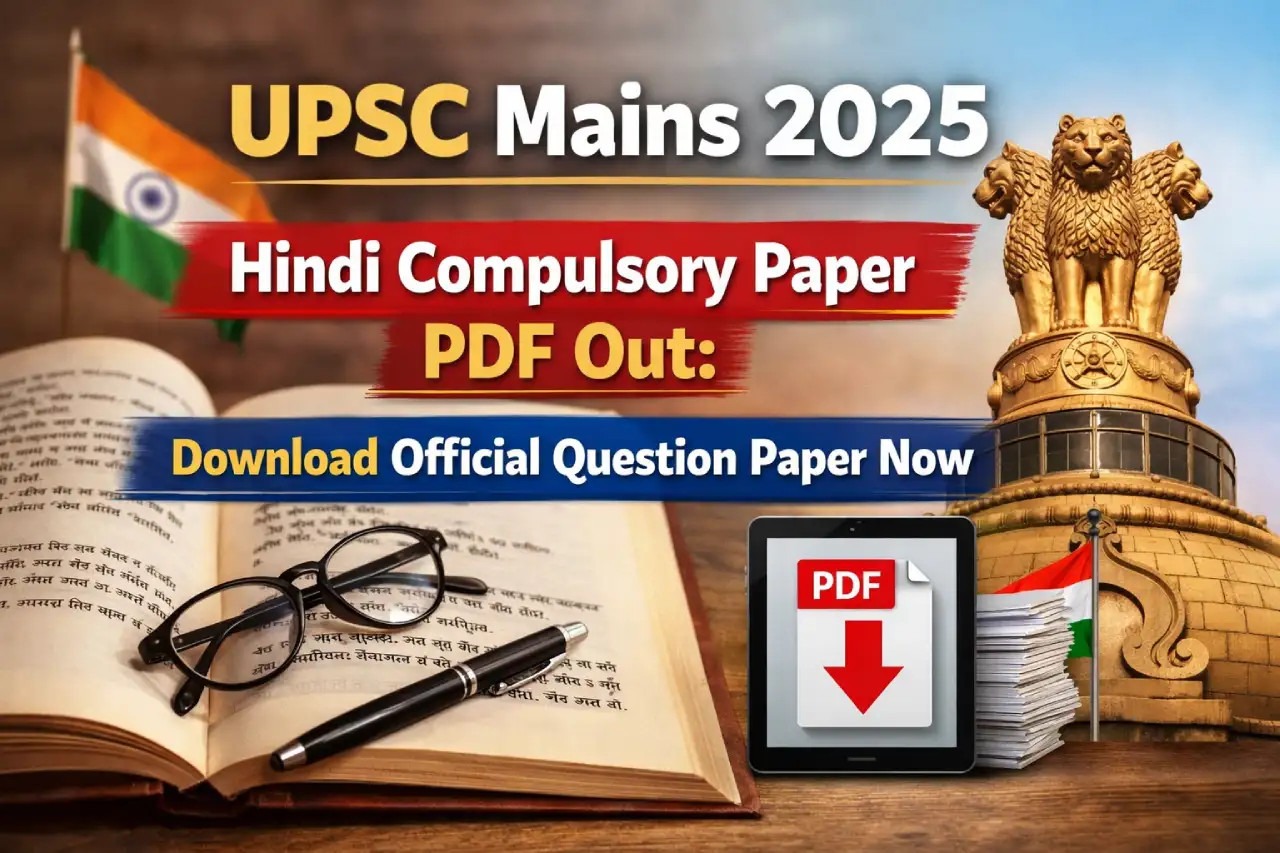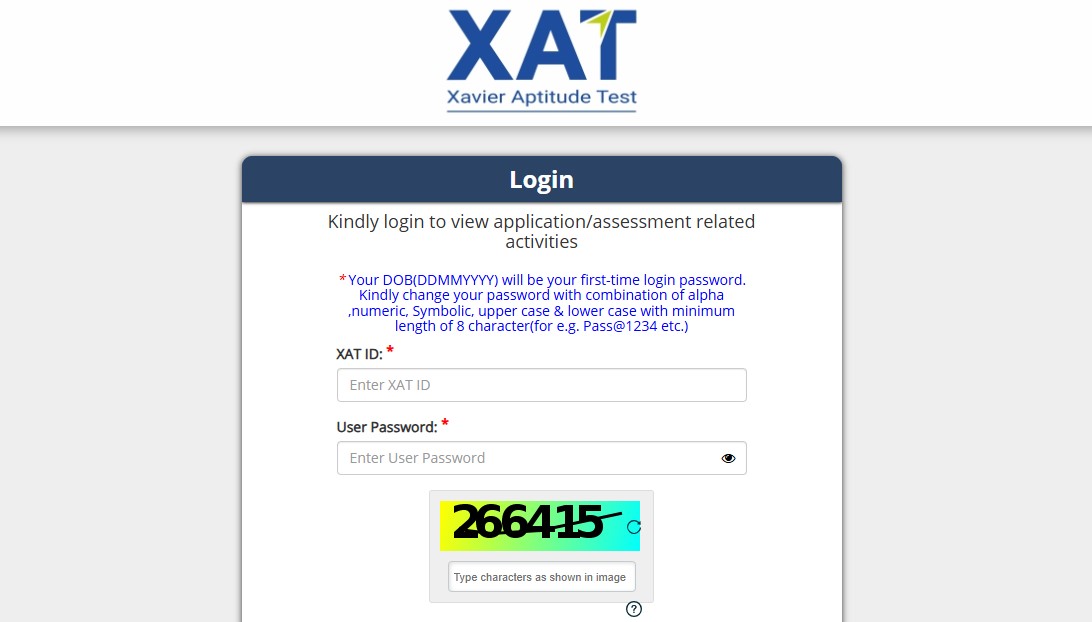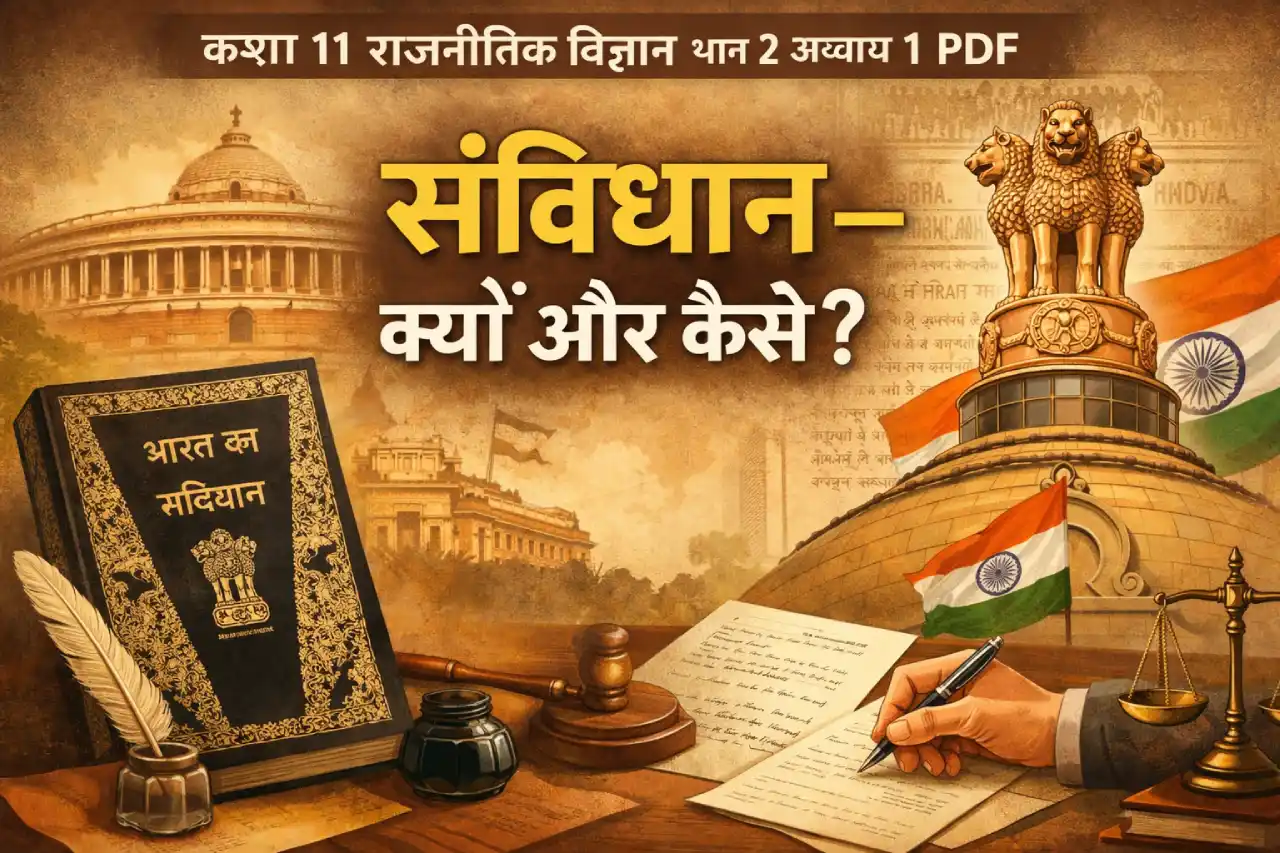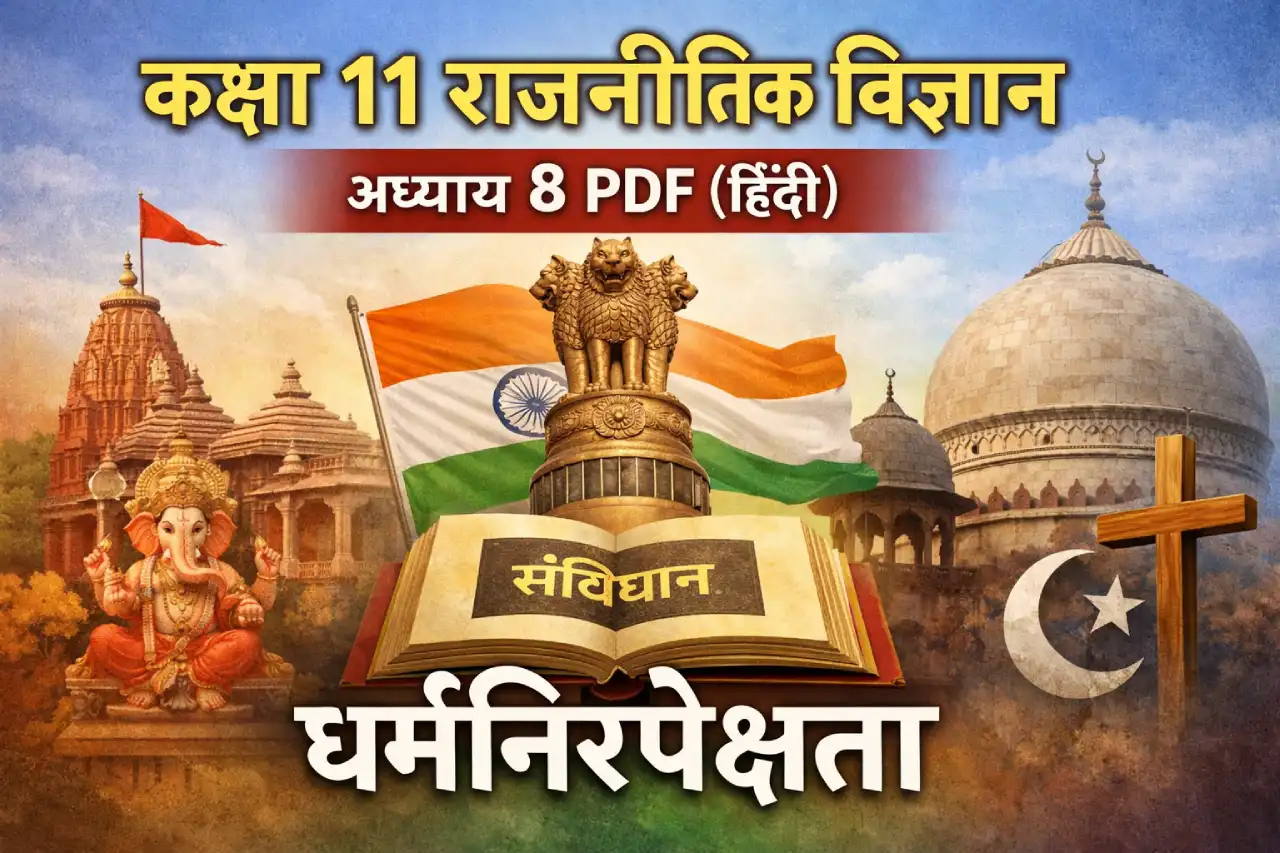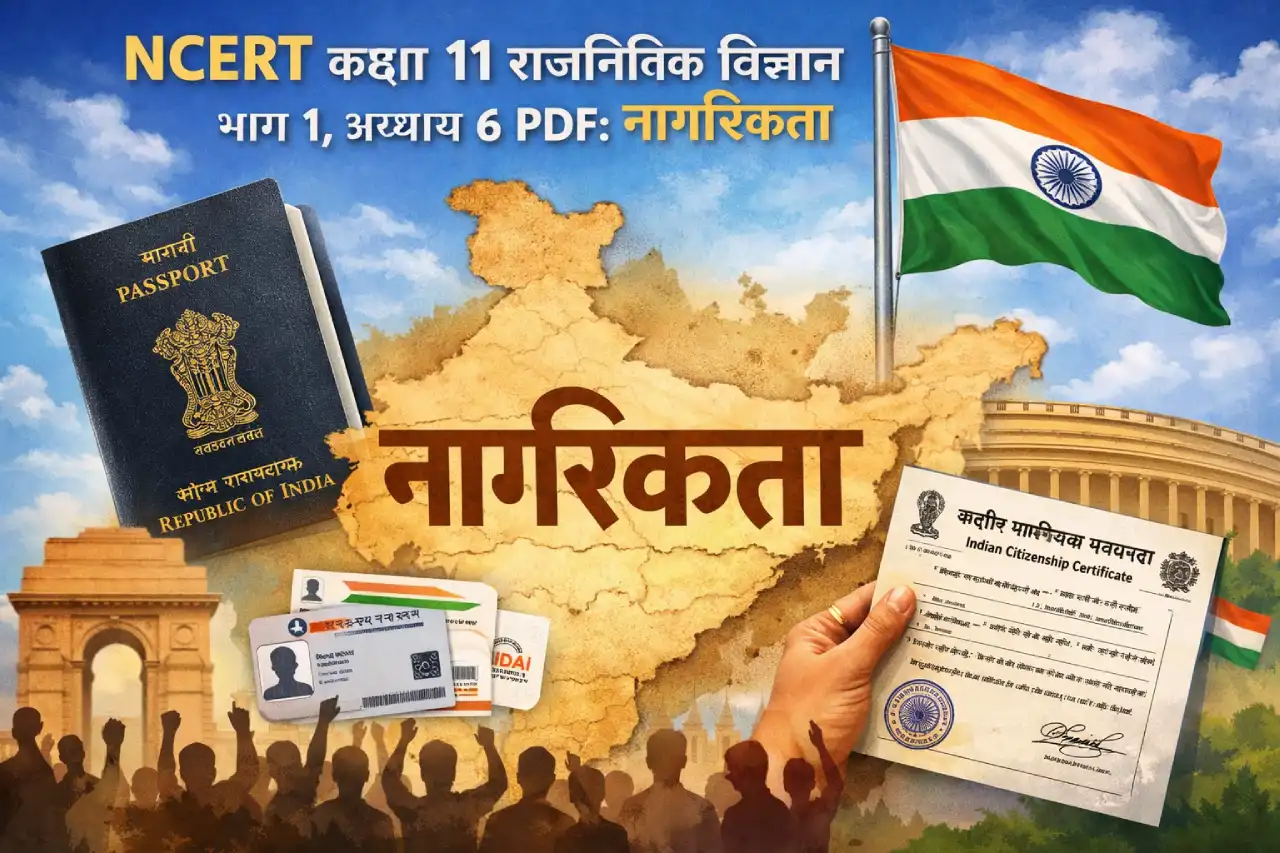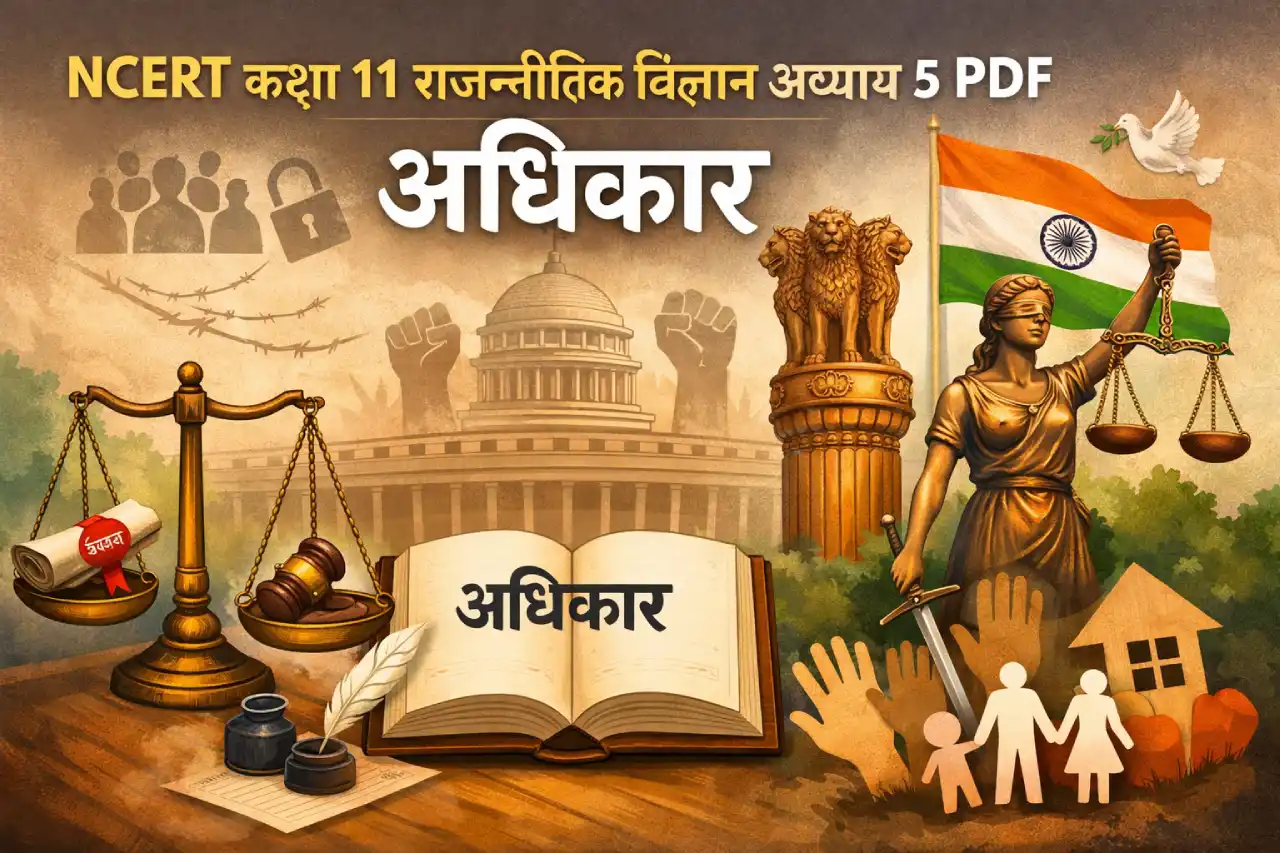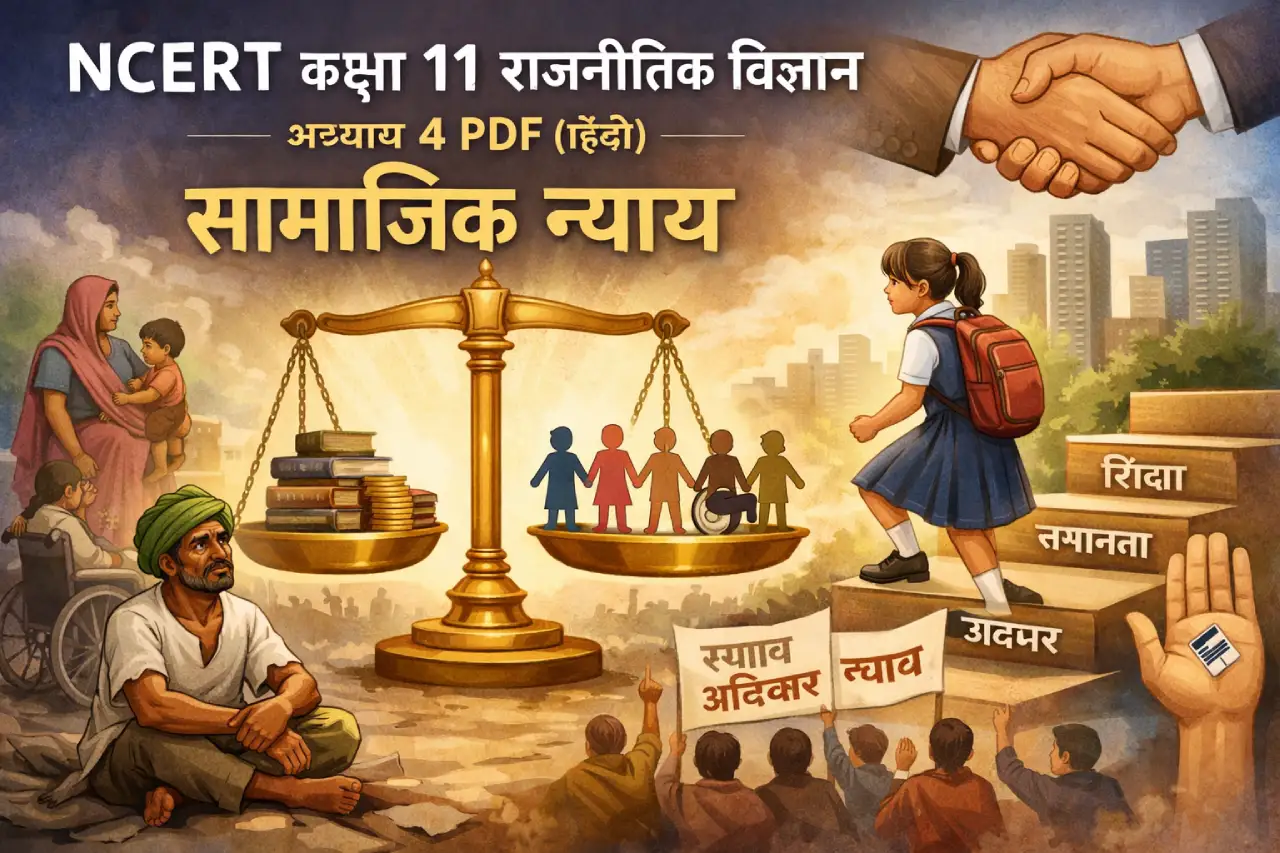Chapter 3 of Class 12 Accountancy Part 2 is based on the preparation and presentation of financial statements of a company. This includes the Statement of Profit and Loss and the Balance Sheet as per the format prescribed under the Companies Act, 2013. Students learn how to classify various items under the correct heads and sub-heads, and understand the meaning behind figures reported by companies in their annual reports.
I’ve chosen to write on this chapter because I remember struggling with company balance sheets in my own school days. Most of us are used to sole proprietorship accounting, so when we move to company format and see terms like Reserves and Surplus, Equity Share Capital, Non-Current Liabilities, it can feel overwhelming. But trust me, once you break it down and practise a few times, it starts making perfect sense. This chapter is very important not just for your board exams, but also for understanding how businesses report their performance in the real world. So let’s understand the basics in a simple way.
What Are Financial Statements of a Company?
Financial statements are formal records that show the financial activities and position of a company. These are prepared at the end of each accounting year and help stakeholders like investors, creditors, and management to take decisions.
As per the Companies Act, 2013, the two main financial statements of a company are:
- Statement of Profit and Loss – shows income, expenses, and profit/loss for the year
- Balance Sheet – shows assets, liabilities, and equity on the last day of the accounting year
In addition, Notes to Accounts are also attached to explain individual items in detail.
Format of Balance Sheet as per Schedule III of Companies Act
The format is vertical and divided into two main parts:
Equity and Liabilities
- Shareholders’ Funds
- Share Capital
- Reserves and Surplus
- Non-Current Liabilities
- Long-term Borrowings
- Deferred Tax Liabilities
- Current Liabilities
- Trade Payables
- Short-term Provisions
Assets
- Non-Current Assets
- Fixed Assets (Tangible/Intangible)
- Long-term Investments
- Current Assets
- Inventories
- Trade Receivables
- Cash and Cash Equivalents
Statement of Profit and Loss
This statement records revenue from operations and other income, then deducts expenses like purchases, employee benefits, depreciation, etc., to arrive at net profit before and after tax.
Format Summary:
- Revenue from Operations
- Other Income
- Total Revenue
- Expenses
- Cost of Materials Consumed
- Employee Benefit Expenses
- Finance Costs
- Depreciation and Amortisation
- Other Expenses
- Profit Before Tax
- Tax Expense
- Profit After Tax
Download PDF – NCERT Class 12 Accountancy Part 2 Chapter 3
To practise or revise anytime, you can download the full chapter PDF from NCERT’s official site. It includes explanations, examples, and practice questions based on the latest CBSE syllabus.



